Sciatica Pain Specialist
Sciatica refers to the excruciating pain along the sciatic nerve path, running through the lumbar spine, hips, buttocks, and posterior thigh. As the sciatic nerve is the longest in the body, it is more vulnerable to damage and irritation. According to an article in Harvard Health, “Sciatica tends to affect people in their 40s and 50s, and it is more common in those who are overweight.”
Sciatica is generally known to affect only one side of the body. But there are cases of bilateral sciatica that affect the nerves on both sides of the body. The intensity of pain, however, varies from person to person. Delaying sciatica treatment can have severe consequences and long-lasting effects on health.
Discover Dr. Jerry Weider DC’s insights on how chiropractic treatment can effectively alleviate pain in a safe and holistic manner. Continue reading this article for an in-depth look at the positive impact of chiropractic care on sciatica.





Symptoms Of Sciatica
Symptoms of sciatica begin with stabbing pain in the lower back and buttocks. The pain may also radiate into the legs and lead to hamstring pain. Some people experience mild pain in the hips. Others may have severe pain radiating down into either of the lower limbs.
Common sciatica pain symptoms include:
- Weakness and tingling sensations in the foot or leg
- Numbness in the leg muscles
- Burning sensation and constant pain on one side of the body
Causes Of Sciatica
The sciatic nerve’s squeezing due to a slipped or herniated disc in the lower spine is the most frequent sciatica cause. Degeneration of the disc and injury to the spinal nerve roots can also trigger sciatic neuritis.
Other sciatica causes include:
- Poor postures during pregnancy
- Herniated disc, Spinal neuropathy
- Obesity
- Trauma to the lumbar spine
- Spondylolisthesis, Osteoarthritis
- Bone spurs and blood clots in the vessels surrounding the nerve
Chiropractic Treatment For Sciatica
Dealing with sciatica pain can be tough, but chiropractic treatment provides a gentle and natural way to find relief. It helps without any costly or harmful side effects. Let’s take a closer look at how a chiropractor, specifically trained in handling sciatica, can assist in easing sciatic pain.
Accurate Diagnosis of sciatica:
Chiropractic care is based on the belief that restricted spinal movement can cause pain and hinder normal function. If you’re experiencing sciatic pain, a chiropractor will carefully examine your medical history to pinpoint the source of the pain. The treatment involves non-invasive and drug-free approaches, aiming to support the body in its natural healing process.
Chiropractic massage therapy:
Unlike regular spa massages that focus on general relaxation, chiropractic massage targets the root cause of sciatica pain. Chiropractors, with their in-depth knowledge of the musculoskeletal system, precisely apply pressure to trigger deep muscle relaxation and release endorphins, the body’s natural painkillers. This targeted approach effectively alleviates sciatica symptoms, paving the way for a pain-free life.
Heat and cold therapies:
Chiropractors often utilize alternating cold and heat therapy to work wonders and offer swift relief from sciatica pain. Heat is effective in loosening tight muscles and alleviating discomfort, while cold therapies help reduce inflammation symptoms by slowing down blood flow. Your chiropractor understands the right treatment for your situation, whether to employ both methods, and the optimal frequency for alternating them.
Ultrasound and other modalities:
Ultrasound, generated by sound waves, provides gentle heat that penetrates deep into the body, promoting healing and alleviating symptoms like cramping, swelling, muscle spasms, and pain. Chiropractors also utilize low-level laser therapy (cold laser therapy) to enhance healing by reducing irritation, swelling, and musculoskeletal pain. Additionally, the TENS unit, a battery-powered nerve-stimulating device, is employed to relax muscle spasms, boost endorphins, and reduce pain.
Chiropractic adjustments:
Chiropractic adjustment or manipulations can help alleviate sciatica pain by:
- Restoring Disc Herniation: Chiropractic manipulations can nudge a herniated disc back into position, relieving pressure on the sciatic nerve.
- Enhancing Spinal mobility: Manipulations can free up restricted spinal movement, allowing for better nerve function.
- Realigning Vertebral Discs: Misaligned discs can contribute to sciatica. Manipulations can help realign these discs, reducing nerve impingement.
These pain-relieving manipulations can be performed using various techniques, from quick thrusts to gentle pressure, tailored to each patient’s needs. By restoring proper spinal alignment and relieving muscle spasms, chiropractic manipulations offer a path to long-term sciatica relief.
Spinal decompression:
At times, the discs in your spine may naturally dry out and shrink, leading to pinched nerves and compression of the spine. Chiropractors employ spinal decompression to alleviate the nerve compression responsible for sciatica pain. This involves techniques aimed at elongating the spine and increasing the space between the vertebrae.
Chiropractor-Recommended Exercises and Lifestyle Changes for Sciatica Relief
While certain movements can aggravate sciatica pain, a chiropractor can design a personalized exercise plan to help you move pain-free. These exercises aim to:
- Avoid sciatic nerve aggravation: By understanding the root cause of your sciatica, your chiropractor can recommend exercises that minimize nerve irritation.
- Release pressure from tight muscles: Inflamed and tight muscles can contribute to sciatica pain. Stretching and yoga can help relax these muscles and alleviate pain.
- Improve flexibility and range of motion: Regular exercise can enhance your flexibility and range of motion, making it easier to perform daily tasks without pain.
Additionally, chiropractors may recommend lifestyle modifications, such as:
- Improved posture: Proper posture during standing, sitting, sleeping, and lifting can help protect the sciatic nerve and reduce pressure.
- Strengthening exercises: Strengthening the back muscles can help stabilize the spine and reduce the risk of disc herniation.
- Ergonomic adjustments: Modifying your workspace or home environment to promote ergonomic practices can minimize strain on the lower back.
Exercises, lifestyle changes, combined with chiropractic adjustments and other treatment modalities, can provide both short-term pain relief and long-term prevention of sciatica flare-ups.
Book An Appointment
Request an appointment online by calling us at (206) 783-6000
You can also use the online booking tool below for an appointment.
Frequently Asked Questions About Sciatica
Can sciatica go away permanently?
Symptoms of sciatica disappear entirely within four to six weeks. Chiropractic care is necessary for a full recovery. However, sciatica pain may progress into a chronic condition sometimes despite regular treatment sessions. In most cases, pain fades away, even without professional medical care.Can you recover from sciatica nerve damage?
If you wonder how I get my sciatica nerve to stop hurting, you can do it by following the vital care measures and take sciatica treatment sessions in Seattle regularly. You can also use deep friction massage therapy and light exercise to accelerate the recovery process.
Does walking help sciatica nerve pain?
Yes, walking at a comfortable speed for ten to fifteen minutes reduces the sciatic nerve pain incredibly. Walking is a highly effective approach to treating sciatica. It stimulates the release of pain-relieving endorphins and neutrophils that fight inflammation.
Does drinking water help sciatica?
Hydrotherapy, along with chiropractic care, is perfect for the effective treatment of sciatica. Drinking water regularly helps remove the harmful agents released by the inflamed tissues in the lower back. Besides, drinking two to three cups of green tea a day can help in reducing pain.
Does Medical Insurance Cover Sciatica Treatment?
Most basic medical and health insurance companies cover the total cost of chiropractic treatment for sciatica. Untreated sciatica can result in irreversible nerve damage, which requires expensive surgical treatment. So, insurance companies find it easier to cover your regular chiropractic care rather than paying for complex surgeries later on.

